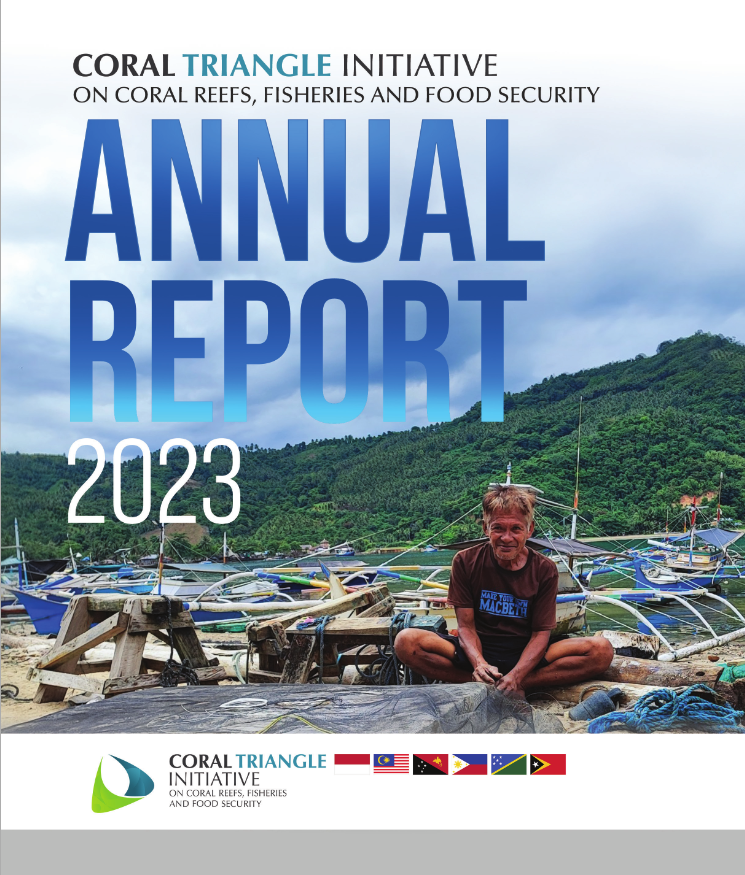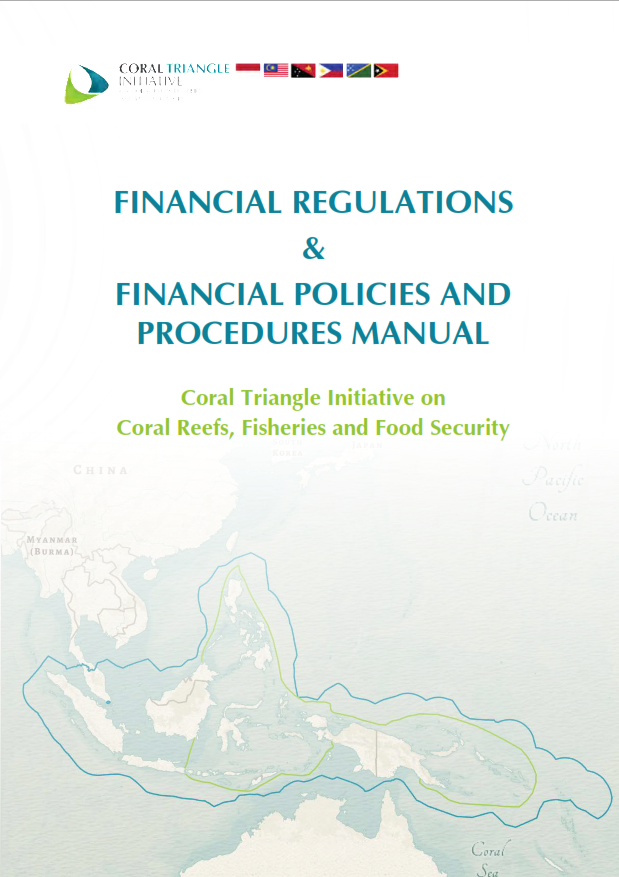FEATURED RESEARCH: DNA Reveals Illegal Trade of Aquatic Species
Scientists from the Philippines’ National Fisheries Research and Development Institute (NFRDI) have developed a DNA-based technique that can uniquely identify marine and aquatic species, and has a broad application, including monitoring of population distribution, diversity and even collection and trade.
Using a DNA “fingerprinting” method, the scientists confirmed that illegal collection, distribution and trade of juvenile eels (called “elvers”), sharks and manta rays classified as regulated and protected under Philippine and international laws are taking place despite regulation efforts.
Elvers are protected from exportation in the Philippines, while manta rays, which are listed under Appendix II of the Convention on International Trade in Endangered Species of Wild Flora and Fauna (CITES), are under strict protection laws.
Effective implementation of laws in regulating and protecting marine biodiversity requires accurate identification of fisheries and aquatic species concerned. However, correct identification of species can be very challenging without special techniques, such as DNA fingerprinting, especially with commodities that have undergone some degree of processing.
The NFRDI study, led by Dr. Mudjekeewis Santos, used DNA fingerprinting in the analysis of randomly selected samples of confiscated products of suspected illegal, unregulated and unreported (IUU) fisheries that were seized by the Bureau of Fisheries and Aquatic Resources and Bureau of Customs authorities at the Ninoy Aquino International Airport and Manila North Harbor in August and September 2012.
The repossessed items included 13 boxes of live juveniles and 2,300 kilos of processed and dried byproducts of sharks and rays, approximately valued at about US$230,000.
DNA fingerprinting generates profiles of commodities at genetic level so individual species of commodities can be accurately identified and closely related species can be distinguished. This technique can be supplemented with barcodes that work similar to the black stripes of the Universal Product Code used in supermarkets to distinguish products.
The study of NFRDI is part of its ongoing research project dubbed as “Fishcodes,” which intends to employ DNA barcoding in profiling protected and regulated Philippine aquatic species. It was published in the May issue of the scientific journal Mitochondrial DNA.
To view source article, click here.



